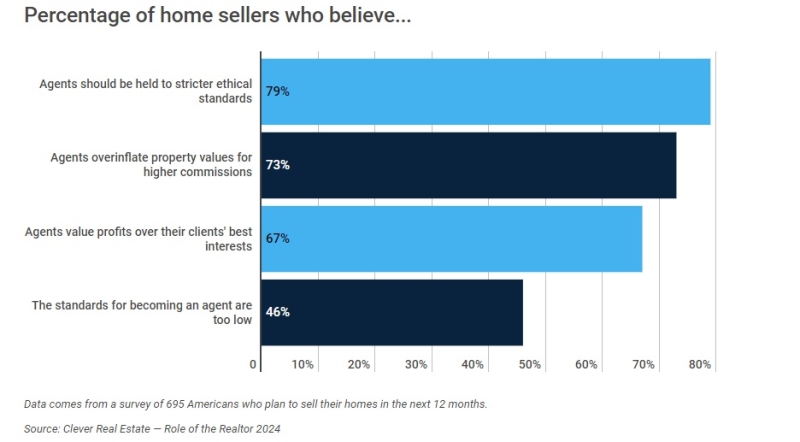Advertisement
In times of trouble
MBA releases study on future of homeownersMortgagePress.comaging baby boomers, young immigrants, U.S. population, regional differences
The most significant factors impacting housing over the coming
years are whether aging baby boomers decide to grow old where they
are and where young immigrants decide to settle, according to a new
study released by the Mortgage
Bankers Association of America (MBA).
The study, "America's Regional Demographics in the '00s Decade:
The Role of Seniors, Boomers and New Minorities," conducted by
William H. Frey of the Brookings
Institution and sponsored by the MBA's Research Institute for
Housing America, analyzes two components driving the changes that
will transform the U.S. population over the next several
decades—aging boomers and the immigration of Hispanics and
Asians.
It finds that the overall U.S. population will experience a
rapid aging as boomers grow older while absorbing large numbers of
young recent immigrants. Different regions of the country will have
different demands for housing driven by the relative impacts of
aging in place versus migration within the country and immigration
from abroad. For example, suburban areas will gray faster than
urban areas due to the boomers aging in place.
"It has been said that demographics are the future that has
already happened, and demographic changes are one of the most
powerful forces impacting the residential and commercial real
estate and real estate finance markets. Therefore, the real estate
industry needs to appreciate these important trends," said Doug
Duncan, MBA's chief economist and senior vice president of research
and business development. "This study provides insightful analyses
of current statistics and valuable projections regarding how these
trends will likely play out nationally and regionally in the years
ahead. We expect that this study will help our members develop
business plans to meet the ever-changing American marketplace."
Key findings from the study include:
Regional differences in aging patterns
•Senior populations can increase through in-migration or
through aging in place. However, aging in place is the dominant
force that will shape demographic changes in the years ahead.
•Even in Arizona, which shows the highest rates of net
in-migration, the migration effect is dwarfed by the effect of the
existing population simply getting older and not moving.
•The most dramatic impact of aging in place will be in parts
of the country which are not now associated with aging populations,
like Nevada, Colorado and Georgia. The states that will exhibit the
fastest senior growth are not necessarily the ones that have the
highest percentage of seniors. States with high senior shares have
typically experienced one or more decades of sustained declines in
their younger populations. This leaves behind seniors who are far
less likely to move than people in their 20s and 30s.
•Suburbs will be the fastest graying part of our national
landscape. In projections of Philadelphia and Chicago, for example,
suburbs will begin to age faster than cities, even though both
cities start out having older populations than their suburbs.
•While close to 30 percent of young households move each year
to a new residence, that percentage slides down to the four to five
percent range for people in older age groups. Therefore, household
mobility, which has been a major driver of home sales, will fall
off as boomers age.
•Less than two percent of residents aged 55-64 move across
state lines in any one year and the percentage is even less for
those over 65. The aggregate number of interstate moves among those
aged 55 and over is dwarfed by the number of moves undertaken by
the younger population, meaning fewer moves, as a larger portion of
the population is over 55.
•Well-off young senior populations will emerge in areas like
Las Vegas, Denver, Dallas and Atlanta.
Greater dispersion of minorities
•While it is popular to think of the United States as a
melting pot, Hispanic, Asian and other minority groups are
disproportionately clustered in selected areas.
•What has changed is the hold that the traditional immigrant
gateways have on the Hispanic population. In 1990, the top 10
metropolitan areas were home to fully 55 percent of all U.S.
Hispanics. The top two, Los Angeles and New York, housed nearly
three in 10 Hispanics nationwide. In 2005, however, less than half
of all Hispanics lived in the top 10 areas and Los Angeles and New
York are home to only 22 percent. When one examines the far reaches
of Hispanic dispersion, nearly one-third of all counties in the
United States have at least five percent of their populations that
are Hispanic, compared with one out of six in 1990.
•The vast majority of Hispanics and Asians speak English at
home, and those who do not can communicate in English very
well.
•These new minorities are also relatively young compared with
the rest of the population, suggesting that racial generation gaps
are emerging in areas where they live in large numbers. That is,
young adults up to age 40 in these areas show a strong
representation of new Hispanic and Asian households, whereas the
over-40 crowd is still dominated heavily by white and black baby
boomers.
•Minorities tend to be younger and as such are highly mobile.
Four out of 10 young Hispanics or blacks changed residence over the
2004-2005 period. Nearly one out of 10 Hispanics and more than one
out of seven Asian movers came directly from abroad.
•Overall, 15 of the nation's 88 large metropolitan areas have
majority minority populations.
New regions defined by demographic
changes
•"New Minority States," where Asians and Hispanics currently
account for about one-third of the population (Arizona, California,
Florida, Illinois, New Jersey, New York and Texas).
•"Faster Growing States" contain many suburban communities
and attract migration from the rest of the country, as well as from
recent immigrants. This group of states will have the highest rate
of growth for the 55 and over population (Colorado, Georgia, Idaho,
Maryland, New Hampshire, North Carolina, Oregon, South Carolina,
Tennessee, Utah, Virginia and Washington).
•"White-Black Slower Growing States" and "Mostly White Slower
Growing States" will have the lowest rate of overall population
growth, but will gray rapidly through aging in place and will have
the highest shares of seniors (Alabama, Arkansas, Connecticut,
Indiana, Iowa, Kansas, Kentucky, Louisiana, Maine, Massachusetts,
Michigan, Minnesota, Mississippi, Missouri, Montana, Nebraska,
North Dakota, Ohio, Oklahoma, Pennsylvania, Rhode Island, South
Dakota, Vermont, Washington, D.C., West Virginia, Wisconsin and
Wyoming).
For more information, visit www.mbaa.org.
About the author





